Houseplants add color, beauty, and life to your indoor spaces but require careful watering to keep them thriving. Finding the right balance can be challenging, especially when different plants have different water requirements. Overwatering can lead to root rot, while underwatering can dehydrate and weaken the plant. This guide aims to demystify the process and provide practical, easy-to-follow tips for watering indoor plants, enhancing their growth, and keeping them healthy all year round.
Contents
- 1 Understanding The Need Of Your Plant
- 2 Best Time To Water Your Indoor Plants
- 3 Choosing The Right Water For Your Indoor Plants
- 4 Correct Watering Techniques For Indoor Plants
- 5 The Role Of Humidity And Moisture
- 6 Importance Of Proper Drainage
- 7 Watering Indoor Plants While On Vacation
- 8 Special Considerations For Succulents And Cacti
- 9 The Bottom Line
Understanding The Need Of Your Plant
Plants, like people, have individual needs when it comes to hydration. Certain tropical species might enjoy frequent watering, while others, like succulents, prefer a more arid environment. Recognizing your plant’s specific needs is the first step toward adequate watering. It’s essential to research each plant type to understand its native habitat and replicate those conditions as closely as possible indoors.
Overwatering and underwatering can both be detrimental to your plants. Symptoms of overwatering include yellow leaves, a rotten smell, or even wilting. Underwatered plants may have brown, dry, and brittle leaves. Recognizing these signs early can help you adjust your watering routine and save your plants before significant damage occurs.
Best Time To Water Your Indoor Plants
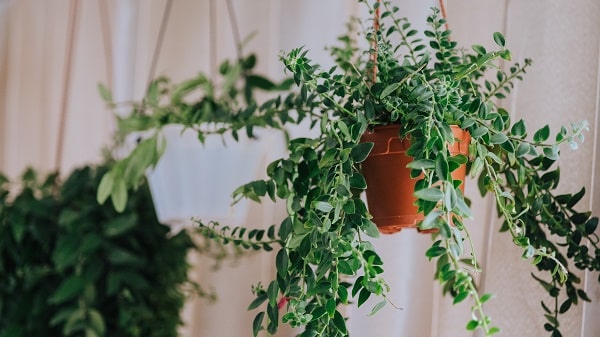
When you water is just as important as how you water. Most indoor plants prefer to be watered in the early morning when the temperature is cooler, and the water can reach the roots before the warmer part of the day encourages evaporation.
Seasonal changes can also affect your watering schedule. Plants need more water during the warmer months as they’re actively growing and less during winter when most plants go into semi-dormancy. Keeping an eye on the weather, even though your plants are indoors, can help you keep them happy and healthy.
Choosing The Right Water For Your Indoor Plants
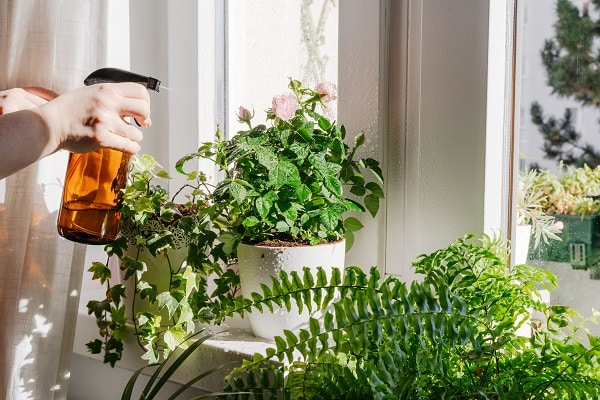
The type of water used for indoor plants can significantly impact their health. Chlorinated tap water, while safe for humans, can harm some sensitive plants. If possible, use filtered or distilled water, or let tap water sit overnight to allow the chlorine to evaporate.
Water temperature matters too. Water that is too cold can shock the plant’s roots, while water that is too warm can damage them. Using room temperature water is usually safe for most plants. If in doubt, touch the water – if it feels comfortable to you, it will probably be comfortable for your plants too.
Correct Watering Techniques For Indoor Plants
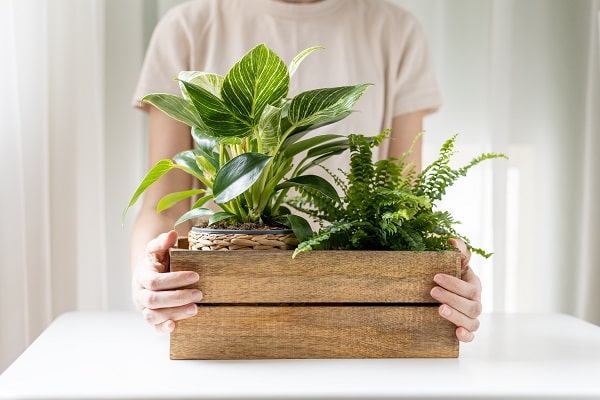
Not all plants should be watered the same way. Some prefer watering from the top, where you pour water onto the soil until it drains from the bottom. This method is common and suitable for many types of houseplants. However, be careful not to splash water on the leaves as this can cause fungal diseases.
Another method is bottom watering, where the pot is placed in a container of water and allowed to absorb moisture through the drainage holes. This technique encourages the roots to grow downwards and is especially useful for plants prone to root rot. Misting is another watering technique, mainly for humidity-loving plants, but it should not replace regular watering. Every plant is unique, and it’s crucial to adjust your watering methods to meet their specific needs.
The Role Of Humidity And Moisture
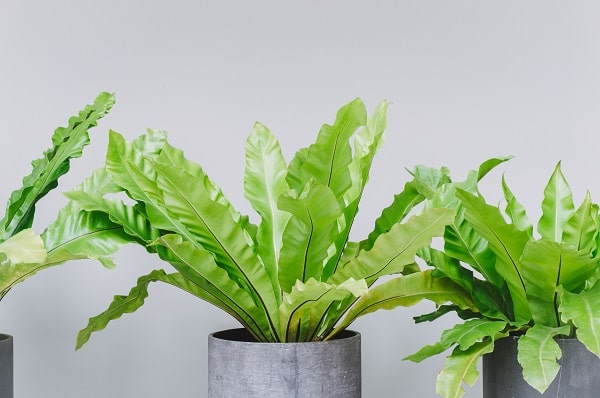
Indoor humidity and soil moisture play a significant role in your plant’s health. Many houseplants come from tropical regions with high humidity and may struggle in dry indoor environments. You can increase indoor humidity by grouping plants together, placing a tray of water near your plants, or using a humidifier.
Moisture meters can be invaluable tools in determining when to water. These devices measure the moisture content at the root level, helping you avoid guesswork. However, they should be used as guides and not replace observing and understanding your plant’s specific needs.
Importance Of Proper Drainage
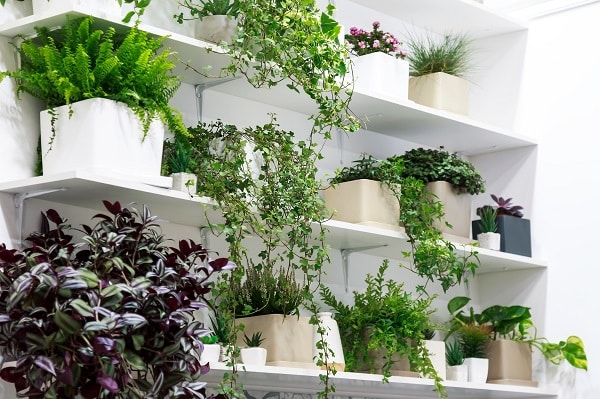
No matter how carefully you water, without proper drainage, your plants are at risk of root rot. Drainage holes at the bottom of the pot allow excess water to escape, preventing waterlogging of the soil.
In addition to choosing pots with sufficient drainage, the type of potting mix used can impact drainage. A well-draining soil mix helps ensure water reaches the roots without drowning them. Remember, healthy roots are critical for the overall growth and survival of your plants.
Watering Indoor Plants While On Vacation

Ensuring your plants stay hydrated while you’re away can be a challenge. Fortunately, there are several DIY solutions, like using a water wick or creating a makeshift greenhouse with a plastic bag.
There are also various self-watering tools available, such as drip systems or self-watering pots. Preparing for your absence will ensure your plants remain hydrated and healthy, even when you can’t be there to water them.
Special Considerations For Succulents And Cacti
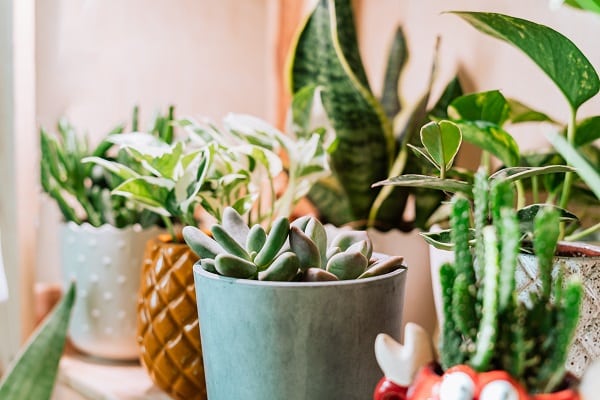
Succulents and cacti are unique in their watering needs. Native to arid regions, they are adapted to survive with less water and require a different watering approach. Overwatering is one of the most common causes of succulent and cactus death.
Watering should be less frequent but thorough, allowing the water to drain completely before watering again. Always let the soil dry out completely between waterings. These plants’ resilience and low maintenance make them excellent choices for beginners, but their unique requirements should never be overlooked.
The Bottom Line
Watering indoor plants might seem challenging, but with the right knowledge and practice, it becomes an intuitive and rewarding part of plant care. Every plant is unique, and learning their individual watering needs is a vital part of keeping them happy and healthy. Remember that plants are forgiving and can often recover from watering mistakes with the right care. With these tips in mind, you’re well on your way to becoming an indoor plant-watering expert. Happy watering!


